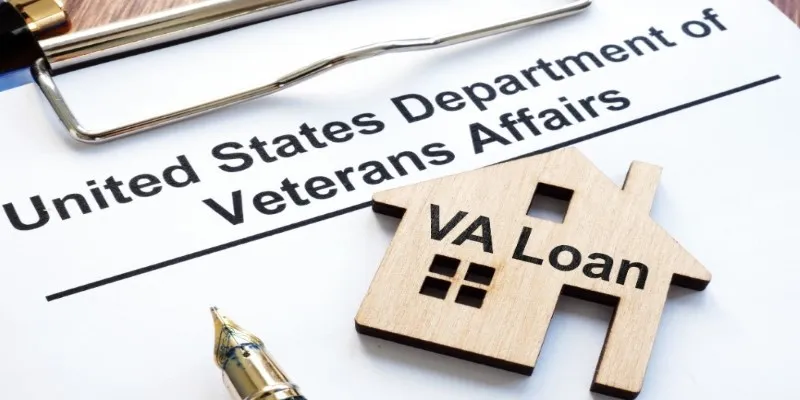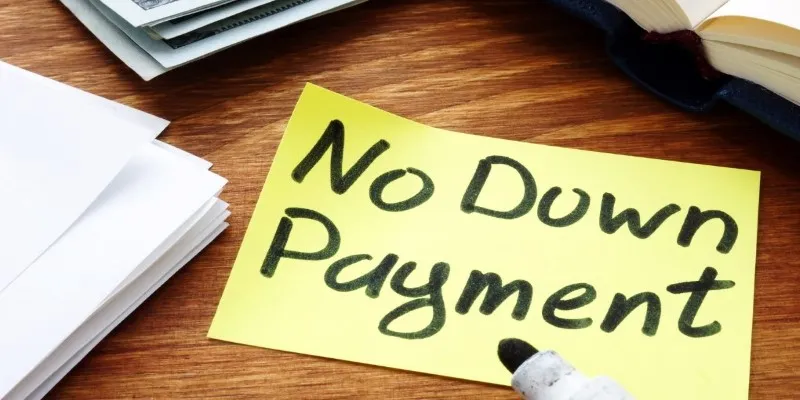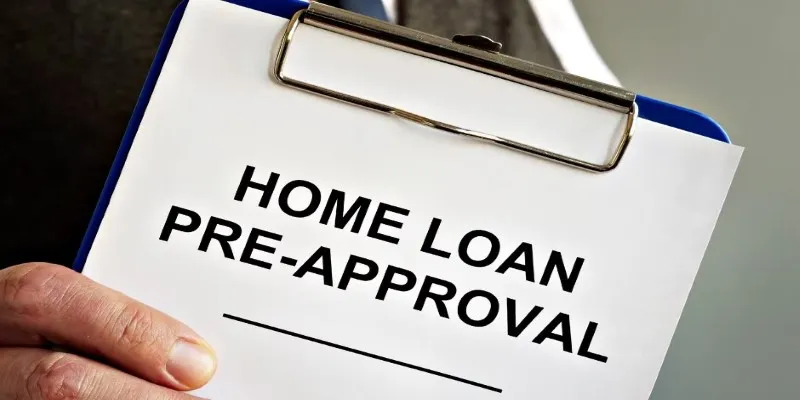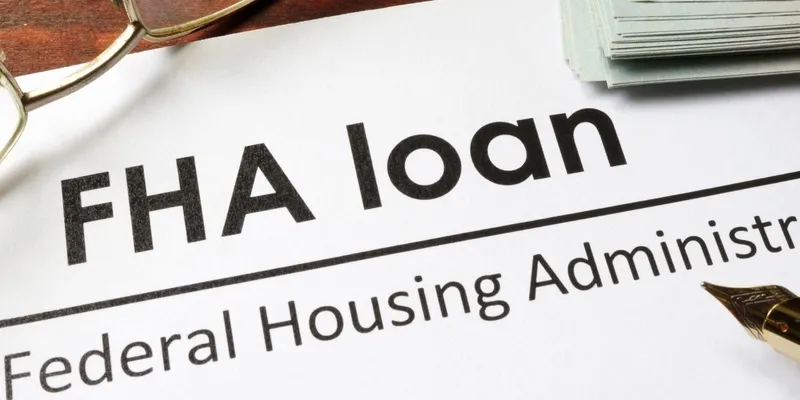VA Loans Explained: Your Essential Guide to Homeownership for Veterans
For veterans, service members, and eligible surviving spouses, a VA loan can be the gateway to homeownership. Backed by the Department of Veterans Affairs (VA), this mortgage program offers several benefits that make buying a home more affordable, including no down payment, competitive interest rates, and fewer strict financial requirements.

To take advantage of these perks, it’s important to understand the eligibility rules, loan process, and key benefits. In this guide, we’ll explore what a VA loan is, how it works, and how you can qualify.
What is a VA Loan?
A VA loan is a mortgage provided by private lenders, such as banks and mortgage companies, but backed by the U.S. Department of Veterans Affairs. This backing allows lenders to offer more favorable terms to qualified veterans, active-duty service members, and certain surviving spouses. VA loans are designed to help military families achieve the American dream of homeownership by reducing many of the financial hurdles that come with buying a home.
One of the standout benefits of a VA loan is the ability to purchase a home with no down payment, which can significantly reduce upfront costs. Additionally, VA loans typically come with lower interest rates and don’t require private mortgage insurance (PMI), which is often needed for other types of loans with a down payment of less than 20%.
Eligibility Requirements for VA Loans
To be eligible for a VA loan, you must meet specific service requirements, as determined by the Department of Veterans Affairs. Generally, veterans and active-duty service members need to have served for at least 90 consecutive days during wartime or 181 days during peacetime. National Guard members and reservists can also qualify if they’ve completed six years of service or served at least 90 days of active-duty service during wartime.
Spouses of service members who died in the line of duty or as a result of a service-connected disability may also be eligible. However, they need to meet specific guidelines to obtain a Certificate of Eligibility (COE). Surviving spouses can qualify if they are not remarried and if their spouse’s death was linked to service.
Benefits and Risks of a VA Loan
Understanding both sides is crucial to making an informed decision about whether a VA loan is right for you. Here’s an overview of the benefits and risks of VA loans:
Benefits of a VA Loan
- No Down Payment: One of the most significant advantages of a VA loan is the ability to purchase a home without a down payment. This can make homeownership more accessible for veterans and service members who may not have large amounts of cash saved.

-
No Private Mortgage Insurance (PMI): Unlike conventional loans, VA loans do not require PMI, which is usually required when a borrower puts down less than 20%. This can save VA loan borrowers hundreds of dollars a year.
-
Competitive Interest Rates: VA loans often have lower interest rates than conventional loans, making monthly payments more affordable. This is due to the VA backing part of the loan, reducing the risk for lenders.
-
Easier Qualification Standards: While lenders still set requirements, VA loans tend to be more lenient regarding credit scores and debt-to-income ratios. Many lenders accept credit scores as low as 620, making it easier for veterans with less-than-perfect credit to qualify.
Risks of a VA Loan
-
Funding Fee: VA loans typically come with a funding fee, which can be anywhere from 1.4% to 3.6% of the loan amount. While this fee can be rolled into the loan, it still adds to the total cost and can be a burden if not accounted for upfront.
-
Primary Residence Requirement: VA loans are intended for primary residences, so you cannot use a VA loan to purchase an investment property or vacation home. Borrowers must occupy the home as their primary residence within 60 days of closing.
-
Limitations on Property Types: VA loans are generally limited to certain types of properties. While single-family homes are eligible, some types of properties, like fixer-uppers, second homes, or multi-family properties, may have restrictions.
-
Residual Income Requirement: VA loans come with a residual income requirement, which ensures borrowers have enough income left over after paying major expenses. While this protects borrowers, it can sometimes limit how much house you can afford if your residual income doesn’t meet the lender’s expectations.
Applying for a VA Loan
The process of applying for a VA loan is similar to other mortgage applications, but there are some additional steps:
Contact a VA-Approved Lender
Start by contacting a lender who participates in the VA loan program. They can guide you through the process and help determine if you meet the financial requirements.
Obtain Your Certificate of Eligibility (COE)
This step can be handled by you or your lender. The COE will show that you’re eligible for the loan and provide details about your entitlement.
Loan Preapproval

Once your COE is in hand, the lender will review your financial situation, including your credit, debt, and income, to preapprove you for a loan. This gives you an idea of how much home you can afford and strengthens your offer when buying a home.
Complete the Application Process
After finding a home, you’ll complete the formal loan application process, including a property appraisal, final credit checks, and the submission of additional documents such as W-2s, tax returns, and financial statements.
Conclusion
A VA loan offers a unique path to homeownership for veterans, service members, and eligible spouses. With no down payment, no PMI, and competitive interest rates, it provides a powerful advantage for those who qualify. Understanding the eligibility requirements and the loan process can help you take full advantage of this benefit. Whether you’re a first-time homebuyer or looking to refinance, a VA loan could be the key to securing a home that fits your needs and budget.
By working with a VA-approved lender and obtaining your Certificate of Eligibility, you can begin the journey toward owning a home with fewer financial barriers.
For more insights into financial planning and homeownership, explore our Finance category.











